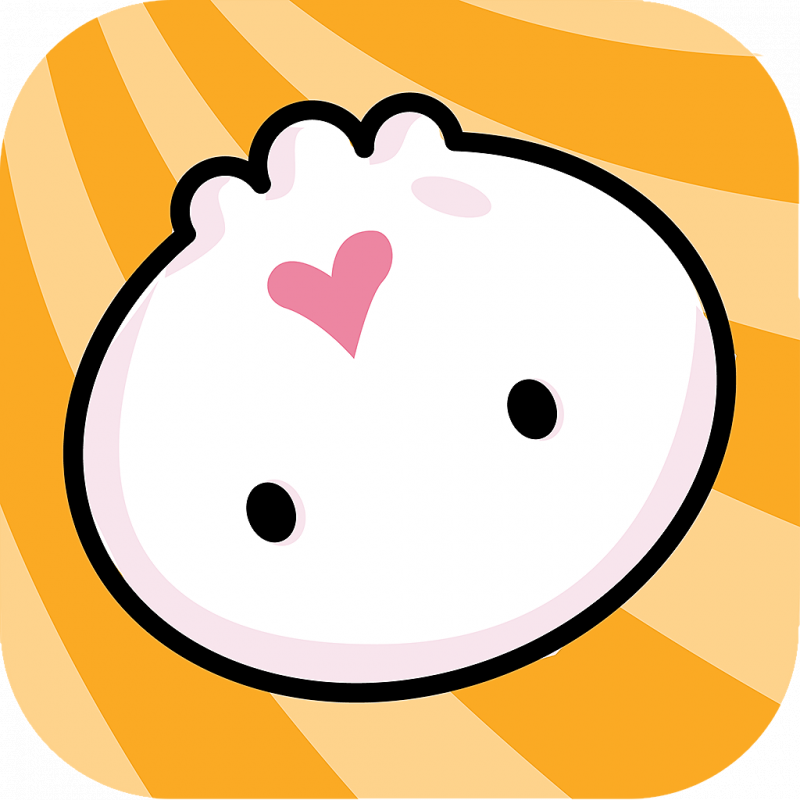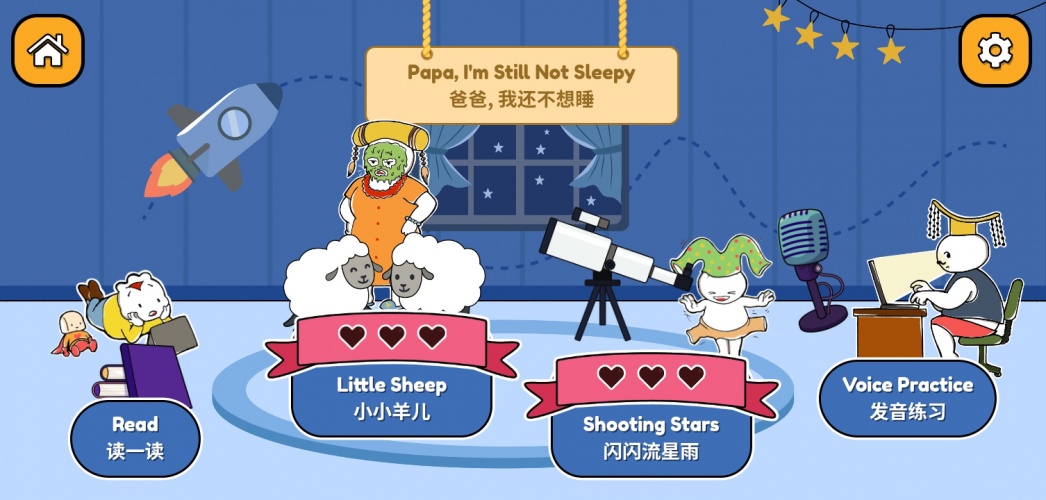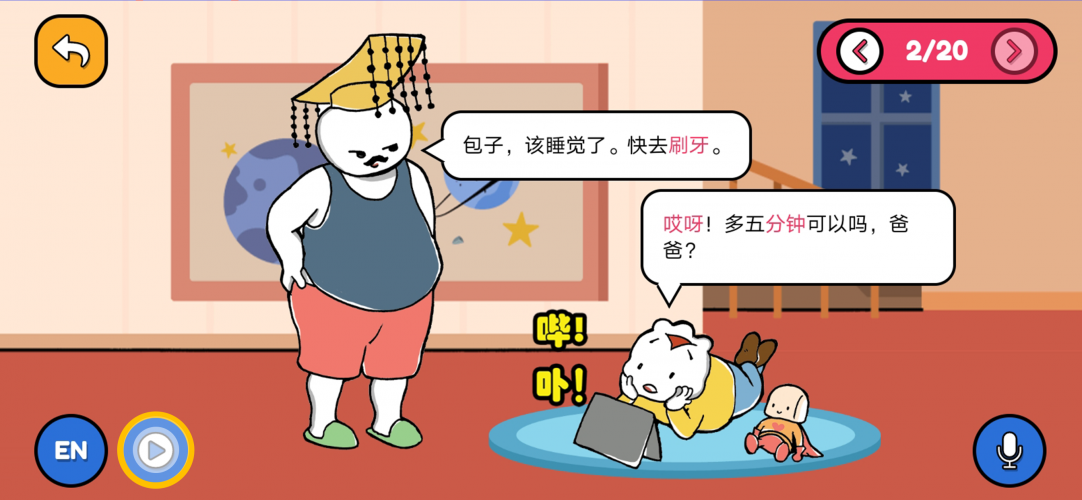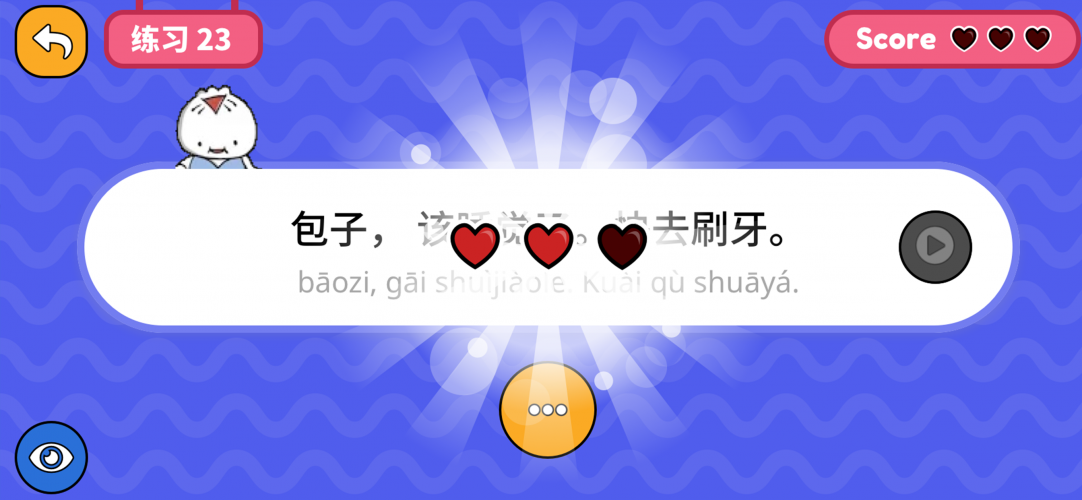Student can understand the names for people who work and live in my town or area.
Student can understand some words and phrases in songs and simple children’s poems.
Student can identify familiar words and phrases.
Student can understand a range of familiar spoken phrases, e.g. basic phrases concerning myself, my family and school…
When people speak, student can understand common phrases and often used words on the topics he/she knows something about.
Student can understand very short conversations when people speak slowly and clearly.
Student can understand when the teacher tells me to do something that I already know.
Can recognise words, names and numbers that he/she already knows in simple, short recordings, provided that they are pronounced very slowly and clearly.
Student can understand everyday words and sentences in children’s films, cartoons, tales, advertisements and announcements.
Student can understand some words and phrases he/she hears on TV programmes.
Student can understand simple sentences if they read them slowly and several times.
Student can read short sentences.
Student can understand phrases and word combinations with the help of common words and names in very simple short texts.
Student can read and understand a simple, short role-play, e.g. a shopping dialogue.
Student can read and understand names of food and drinks with the help of pictures, e.g. apple, milk.
Student can recognize and read out familiar words from a story.
Student can read the words for the clothes that he/she knows and the food that he/she likes and doesn’t like.
Student can read the words for people who help us.
Student can match words and sentences with pictures.
Student can understand the main point(s) from a short written passage in clear printed script, e.g. very simple messages on a postcard or in an e-mail…
Student I can read and understand familiar words and phrases I see at school, in shops, in streets and elsewhere.
Student can read and understand simple and short sentences underneath pictures.
Student can understand short notes, messages and simple notices.
Student understand signs and simple notices.
Student can find the information I need from a sign, a poster, or a newspaper (e.g., where and when the concert, sports event, or a film will take place).
Student can understand familiar written phrases, e.g. simple phrases, weather phrases, simple description of objects, someone writing about their pet…
Student can read rhymes.
Student can read and understand a simple description of a person with the help of pictures, e.g. a description of a child.
Student can find what he/she needs in simple informative texts.
Student understand simple stories and shorter texts with the help of pictures and drawings.
Student can read and understand the words in illustrated books and magazines, where the pictures help he/she understand even unknown words.
Student can read and understand simple instructions in a textbook.
Student can read and understand simple computer or video game instructions.
Student can read and understand a simple comic strip.
Student can read short songs and rhymes when he/she sees pictures along with it, e.g. songs and rhymes from a children‘s book.
Student can read and understand a simple and short story with illustrations, e.g. an adventure story.
Student can understand when someone tells me how he/she feels in simple, short sentences, e.g. Today I am fine.
Student can understand when someone speaks about a free-time activity in simple, short sentences, e.g. I like to read.
Student can understand when the teacher tells me to do something that he/she already knows.
Student can understand the teacher’s instructions.
Student can understand simple questions about oneself, his/her family and his/her surroundings, when people speak slowly and clearly.
Student can understand questions and instructions that the teacher says carefully and slowly to him/her. He/she can then answer the questions and follow the instructions.
Student can understand when people greet him/her, ask him/her how he/she is and says good-bye to him/her. [
Student can understand simple instructions given by the teacher during the class (“Stand up”, “Sit down”, “Come in”, “Go out”, “Say”, “Listen”, “Give me the book”, “Take it”, etc.)
Student can understand common words and names of everyday objects that are in his/her everyday life.
Student can understand simple, short instructions given by my teacher, e.g. Stand up, please!
Student can understand when somebody is greeting him/her or says good-bye, e.g. Good morning, children!
Student can understand simple classroom instructions such as “Sit down”, “Wait”, “Listen”.
Student can understand when someone tells me how he/she feels in simple, short sentences, e.g. Today I am fine.
Student can ask someone what they like or don’t like.
Student can ask and answer simple questions and talk about his/her interests, e.g. taking part in an interview about my area and interests; a survey about pets or favourite foods; talking with a friend about what we like to do and wear…
Student can say hello and goodbye to his/her teachers and classmates.
Student can ask somebody about how they are and what they like doing and answer similar questions.
Student can introduce oneself, his/her family and his/her friends.
Student can talk about how he/she feels and also ask others how they feel in simple, short sentences, e.g. I am tired. How are you today?
Student can recognise simple greetings.
Student can give thanks and excuses by using simple sentences such as ́Thank you ́, ́Excuse me ́, ́Sorry ́,etc.
Student can understand when the teacher tells him/her to do something that he/she already knows.
Student can ask and answer questions about a familiar story in simple, short sentences, e.g. questions about a story in a children’s book.
Student can link words or groups of words with very basic linear connectors like 'and' or 'then'.
Student can manage very short, isolated, mainly pre-packaged utterances, with much pausing to search for expressions, to articulate less familiar words, and to repair communication.
Student can recognise internationalisms and words common to different languages (e.g. Haus/hus/house) to deduce what people are trying to say directly to him/her, provided they speak very slowly and clearly, with repetition if necessary.
Student can write something about oneself (e.g. name, age and where I live).
Student can write about what they like doing in their free time, using words given to them.
Student can write some information about his/her family: mother, father, sister, brother, etc
Student can write simple sentences, using words given to them.
Student can write simple instructions (“Don’t touch”; “Close the door”).
Student can write one or two short sentences and fill in the words in on a simple fm, e.g. a shopping list, holiday greetings by e-mail or on a postcard…or
Student can write simple, everyday phrases and sentences.
Student can write simple, short sentences about his/her work at school using given pictures and words, e.g. I am singing a song.
Student can write a simple, short role-play, using given pictures and words, e.g. a conversation in a pet shop.
Student can write a simple, short story using given pictures and words, e.g. a story about school.
Student can write simple short dialogues.
Student can copy words from the board.
Student can write words and short sentences next to pictures.
Student can fill in the missing words in a short text.
Student can write simple phrases and sentences about oneself and imaginary people. The student can write about where the imaginary people live and what they do.
Student can write a simple personal description about oneself.
Student can understand the important words in a song or rhyme.
Has a basic vocabulary repertoire of isolated words and phrases related to particular concrete situations.
Can copy familiar words and short phrases e.g. simple signs or instructions, names of everyday objects, names of shops and set phrases used regularly.
Pronunciation of a very limited repertoire of learnt words and phrases can be understood with some effort by native speakers used to dealing with speakers of his/her language group.
Shows only limited control of a few simple grammatical structures and sentence patterns in a learnt repertoire.
Can establish basic social contact by using the simplest everyday polite forms of: greetings and farewells; introductions; saying please, thank you, sorry etc
Can understand instructions addressed carefully and slowly to him/her and follow short, simple directions.
Can follow speech that is very slow and carefully articulated, with long pauses for him/her to assimilate meaning.
Can interact in a simple way but communication is totally dependent on repetition at a slower rate of speech, rephrasing and repair. Can ask and answer simple questions, initiate and respond to simple statements in areas of immediate need or on very familiar topics.
Can understand everyday expressions aimed at the satisfaction of simple needs of a concrete type, delivered directly to him/her in clear, slow and repeated speech by a sympathetic speaker.
Can understand questions and instructions addressed carefully and slowly to him/her and follow short, simple directions.
Can ask and answer simple questions, initiate and respond to simple statements in areas of immediate need or on very familiar topics.
Can produce simple mainly isolated phrases about people and places.
Can read a very short, rehearsed statement - e.g. to introduce a speaker, propose a toast.
Can write simple phrases and sentences about themselves and imaginary people, where they live and what they do.
The solution is inline with CEFR framework for second language learning and includes content for CEFR levels.







User reviews for Dim Sum Warriors
You need to log in to post a review.